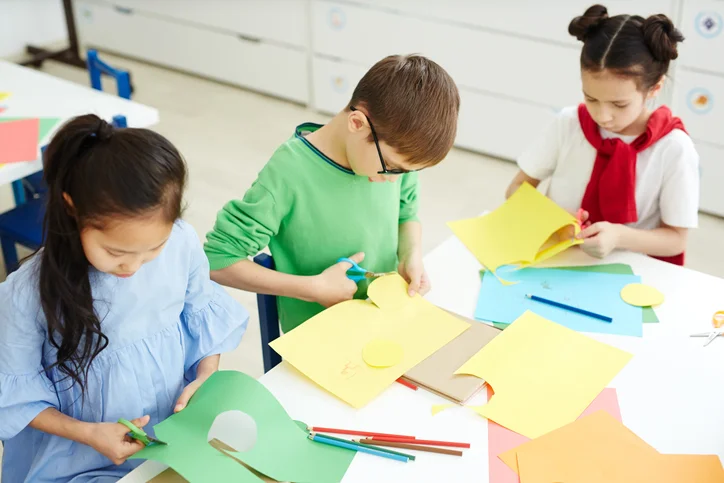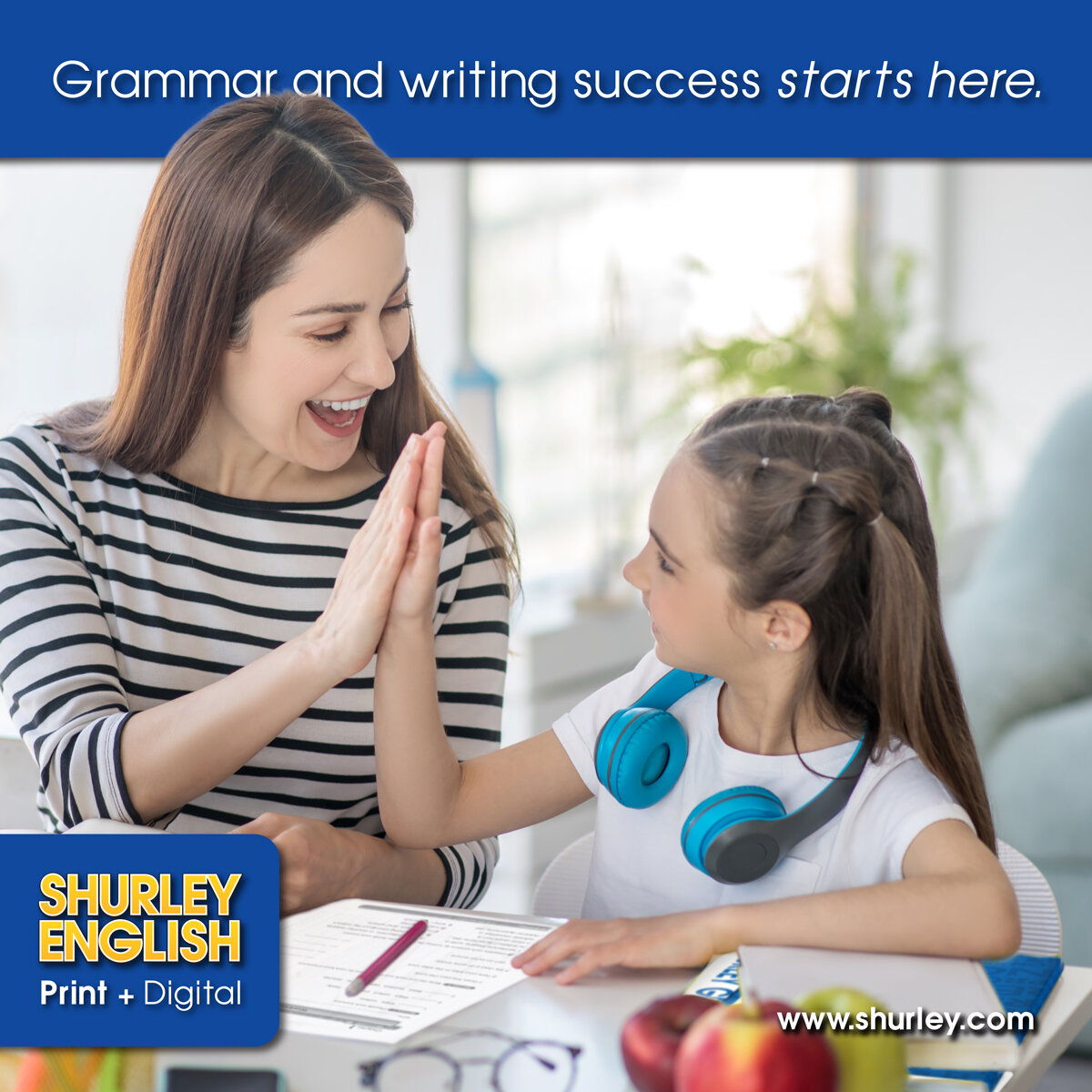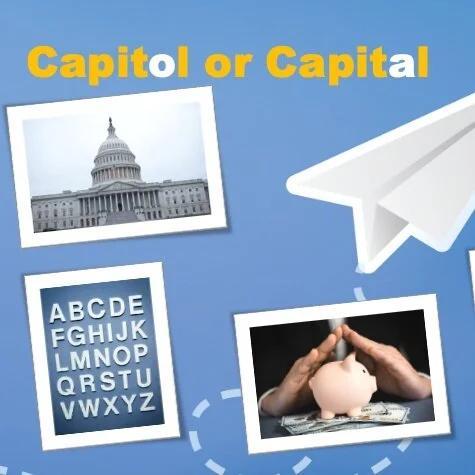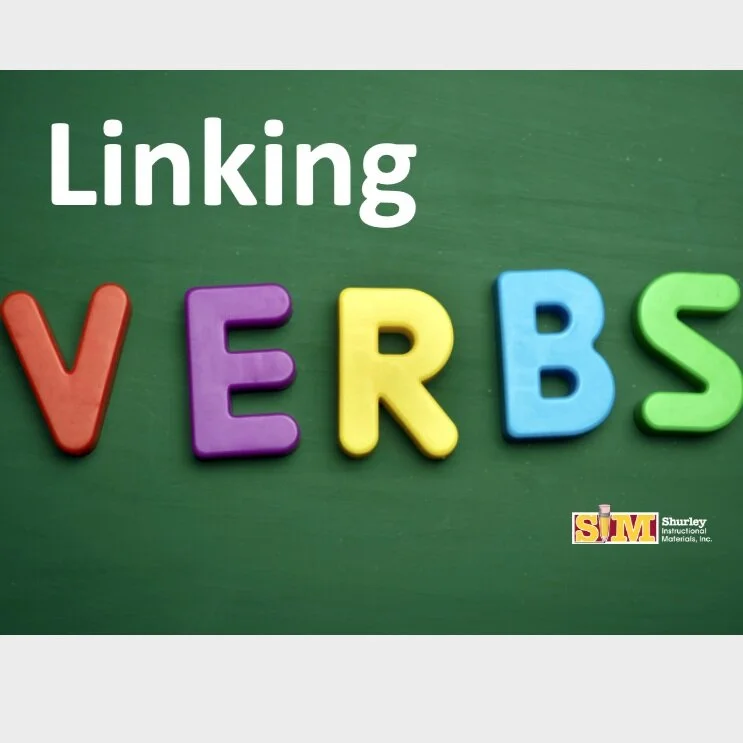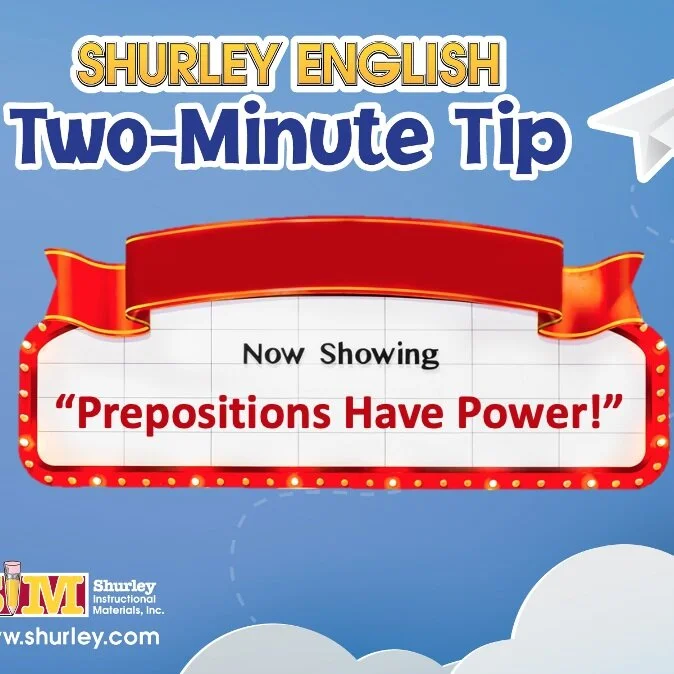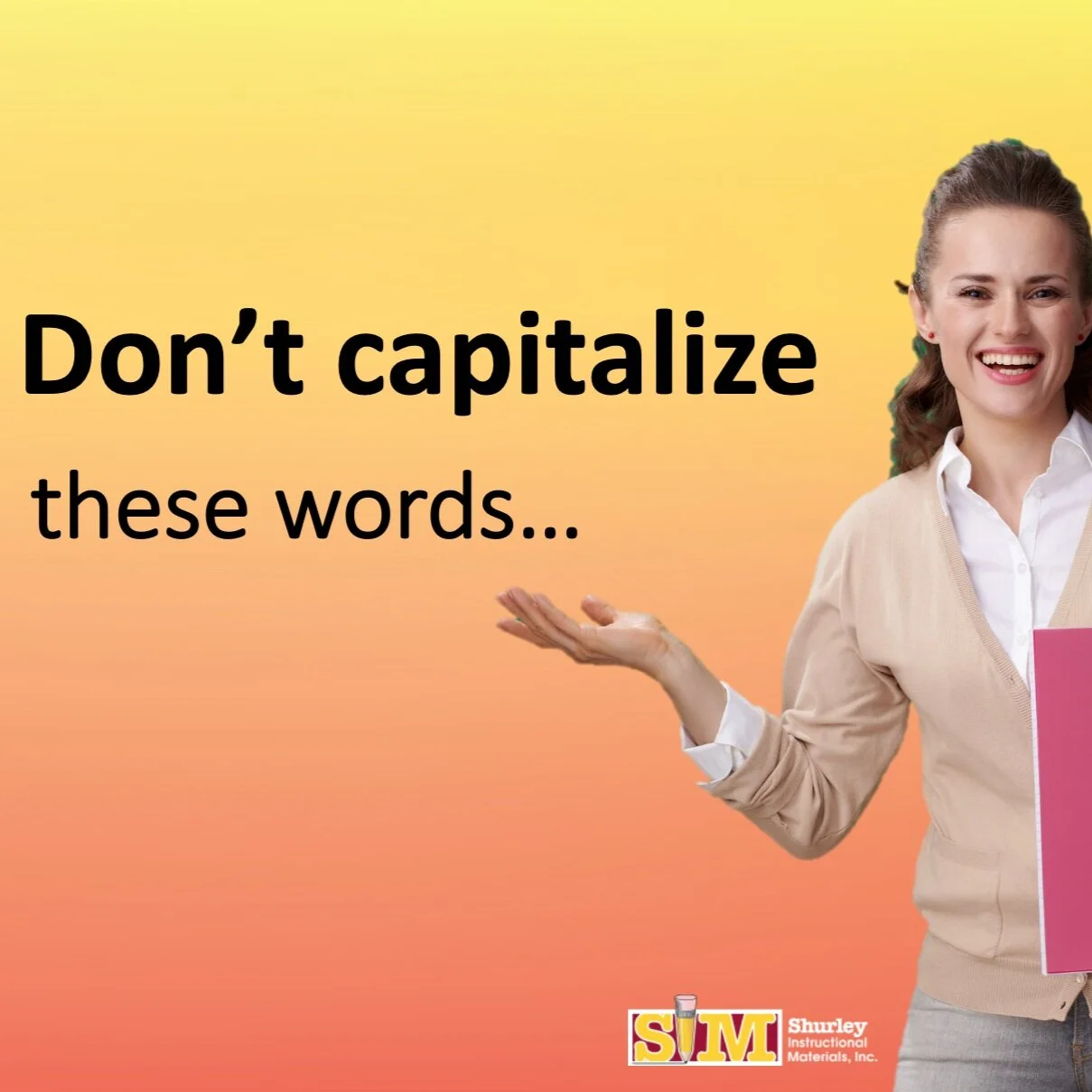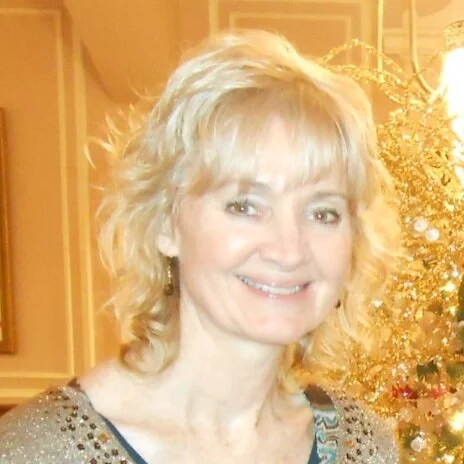Spring Bulletin Board: See how we've grown!
/It’s not always easy to see how much we’ve grown in one year, especially for a child. Physical growth might be the most noticeable because we can feel it in several ways. For instance, we can tell when our clothes are too big or too small; they don’t fit right. We know when our feet have grown because our shoes are too tight, and our feet hurt. Also, we can tell when our hair has grown when it starts covering our eyes and ears. Intellectual growth, on the other hand, is much more difficult to notice.
Read More

